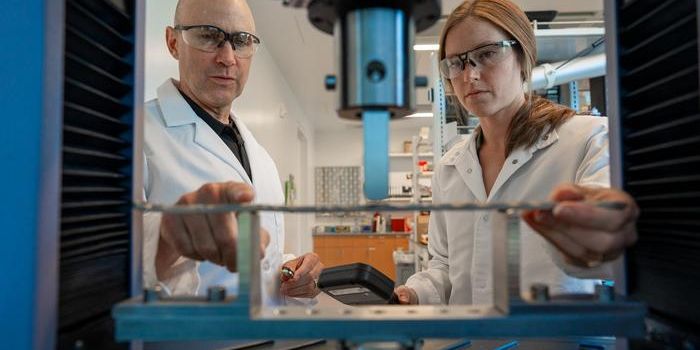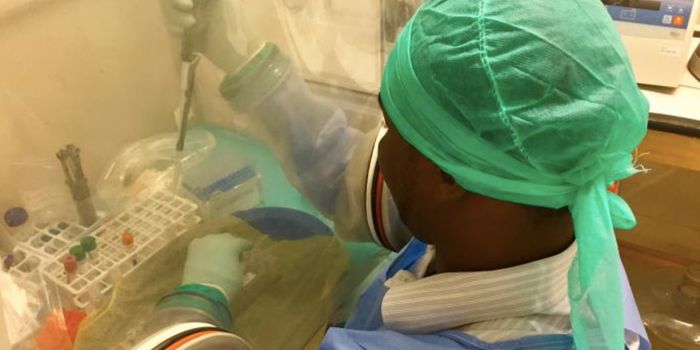Portable Sequencer Ensures All the Cancer Cells Are Gone
Surgeons remove a tumor from the abdominal cavity of a patient. But how can they be certain that all the cancer cells were successfully extracted? These lingering cancerous tissues pose a serious threat to patients—if not eliminated, they can spread around the body, seeding new tumors.
Biomedical engineers at Tel Aviv University have designed a solution to assist surgeons: a novel method for spotting cancer cells inside the body in real-time. The technique uses a device, called the MinION, that blends advances in genetics, medicine, engineering, and computer science, allowing physicians to access in-depth cellular data at unprecedented speeds.
MinION, a genetic sequencing tool created by Oxford Nanopore Technologies, has capabilities that could make it an indispensable part of the oncologists' toolkit. The manufacturers of this technology describe MinIoN devices as “The only portable, real-time devices for DNA and RNA sequencing.” Samples of blood and fluid from the patient’s abdominal cavity are taken and are fed into MinION, which uses its proprietary algorithm for comparing the genetic profiles of these cells to answer the question—do these genes look more like healthy cells or cancer cells?
The hope is that this will reduce the risk of undetected cancer cells persisting in the body after surgery, a scenario for which post-surgical chemotherapy is often prescribed. In many cases, the window between the surgery and when patients get their cancer screening tests back can provide an opportunity for these remnant cancer cells to gain control in distant anatomical sites.
According to the researchers, MinION simplifies and accelerates real-time cancer screening. “It’s a lot less complicated than sequencing the whole genome. If the results turn out positive, [the surgeon] continues with a designated abdominal cavity chemotherapy treatment.”
“Afterwards, he performs a saline washing, takes another sample and repeats the cycle again, until we ensure that the patient is free of cancer cells. With a simple but smart application based on existing technology, we can outline a lifesaving medical treatment,” said Prof. Noam Shomron, a researcher who led the study.
Looking forward, Shomron and colleagues can see a future where this technology can extend beyond the context of surgery but also as an at-home cancer screen using a simple blood test.
Sources: Tel Aviv University, Oxford Nanopore Technologies.









